Getting Pupils to Maintain Attention on Non-Preferred Tasks
Many children with autism struggle with executive functioning. For these children, initiating tasks and sustaining attention, especially for non-preferred tasks, can be nearly impossible. Many children I have worked with appear to “freeze” and have trouble taking the first step (Mazefsky et al., 2013). Yet once initiated, they are often able to complete tasks or even manage to enter “flow state“. One anecdote a teaching assistant shared is that they have to start the same task next to their pupil, then once started the TA can stop.
This post is slightly different to our previous post on joint attention. Joint attention is about specifically teaching the skill of attending to a task with someone else. This post looks at the challenges of maintaining attention on non-preferred or less motivating tasks.
Sustaining Attention
Sustaining attention on tasks, especially when less stimulating or not of interest, is also a common struggle. Pupils can become distracted easily and have trouble maintaining focus for sequential tasks (Gilotty et al., 2002). Yet paradoxically, they can often hyperfocus on highly stimulating or preferred activities for extensive periods (Koegel et al., 2013). The key difference is the level of stimulation and interest inherent in the task or activity. Teachers can utilise this by designing their learning activities to take into account their pupils interests.
Difficulties with “shifting gears” from one activity to the next further complicate matters. Transitioning from preferred to non-preferred tasks poses particular challenges, requiring support to both stop the initial activity and start the next one. This is basically a small transition. This post goes into more detail about how to support pupils with transitions.
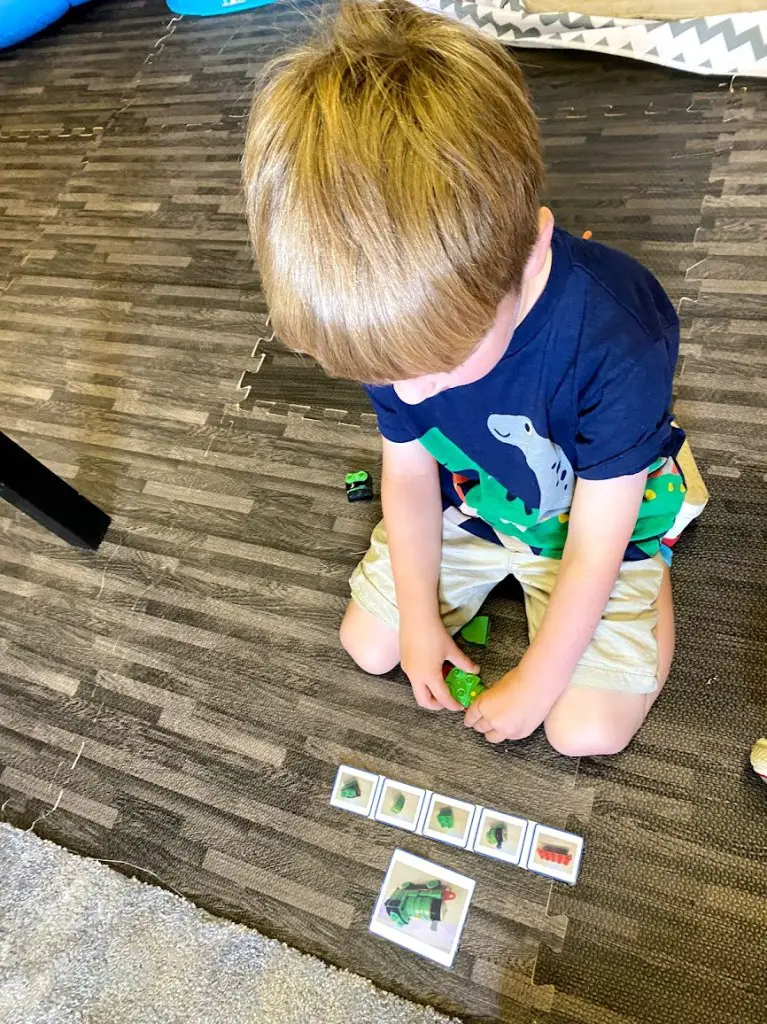
How can teachers support autistic children to maintain attention on non-preferred tasks?
- Break tasks into small manageable chunks. Set a timer for 5-10 minutes and have the child focus on just that portion of the task. Taking it piece by piece makes it feel more achievable. Initially, joint participation where the adult models the steps can be helpful.
- Build in movement breaks. After 10-15 minutes of work, allow the child a 2-3 minute break to move, stretch, or get a snack. Things like the daily mile can be great for this. Then set the timer again for the next section, you can phase out the timer over time.
- Utilise visual schedules, checklists, and task lists. Seeing the steps and checking them off can be motivating.
- Pair tasks with a preferred item or activity. For example, let the child listen to music or an audiobook while working. Or pair a non-preferred worksheet with a reward like a preferred snack or toy afterwards.
- Use a token economy system. Give the child tokens, points or checks for every 5-10 minutes of focused attention. They can exchange the tokens for a preferred item or activity later. Use this with caution I talk a bit about the ethics of token economies here
- Have the child explain the task or teach it back to you. This “overlearning” through explanation can improve attention and memory of the content.
- Sit beside the child while they work. Your presence can be comforting and motivating through prompts or gentle redirection if attention wavers.
- Try switching environments. Sometimes a new location with fewer distractions can boost focus.
- Establish a routine. The more routine the task feels, the less mental energy will be spent on executive functioning tasks like initiation and sustained attention.
Post Summary
While supports are needed, expectations for independence and participation need to remain high. With appropriate accommodations and skill-building, these pupils can develop compensatory strategies to minimise the impact of executive dysfunction on their daily lives. For anyone sustaining attention on tasks we don’t really want to do is part of life. The key is providing initiation and structure, while also supporting independence over time.
References
Gilotty, L., Kenworthy, L., Sirian, L., Black, D. O., & Wagner, A. E. (2002). Adaptive skills and executive function in autism spectrum disorders. Child neuropsychology : a journal on normal and abnormal development in childhood and adolescence, 8(4), 241–248. Accessed Online May 2023
Koegel, L. K., Koegel, R. L., Ashbaugh, K., & Bradshaw, J. (2014). The importance of early identification and intervention for children with or at risk for autism spectrum disorders. International journal of speech-language pathology, 16(1), 50–56. Accessed Online May 2023
Mazefsky, C. A., Herrington, J., Siegel, M., Scarpa, A., Maddox, B. B., Scahill, L., & White, S. W. (2013). The role of emotion regulation in autism spectrum disorder. Journal of the American Academy of Child and Adolescent Psychiatry, 52(7), 679–688. Accessed Online May 2023

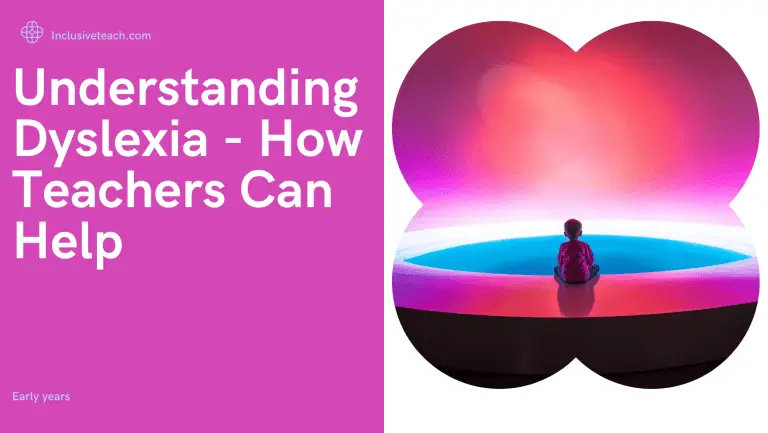

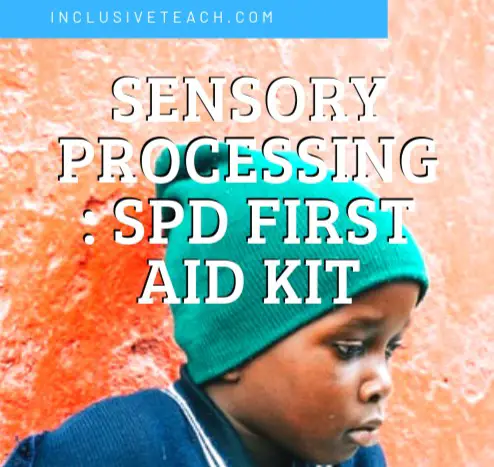
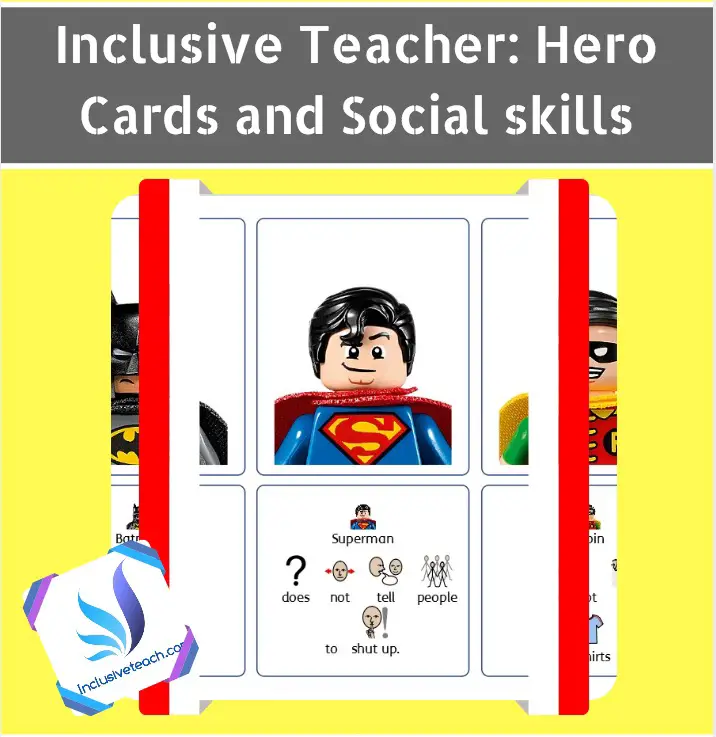

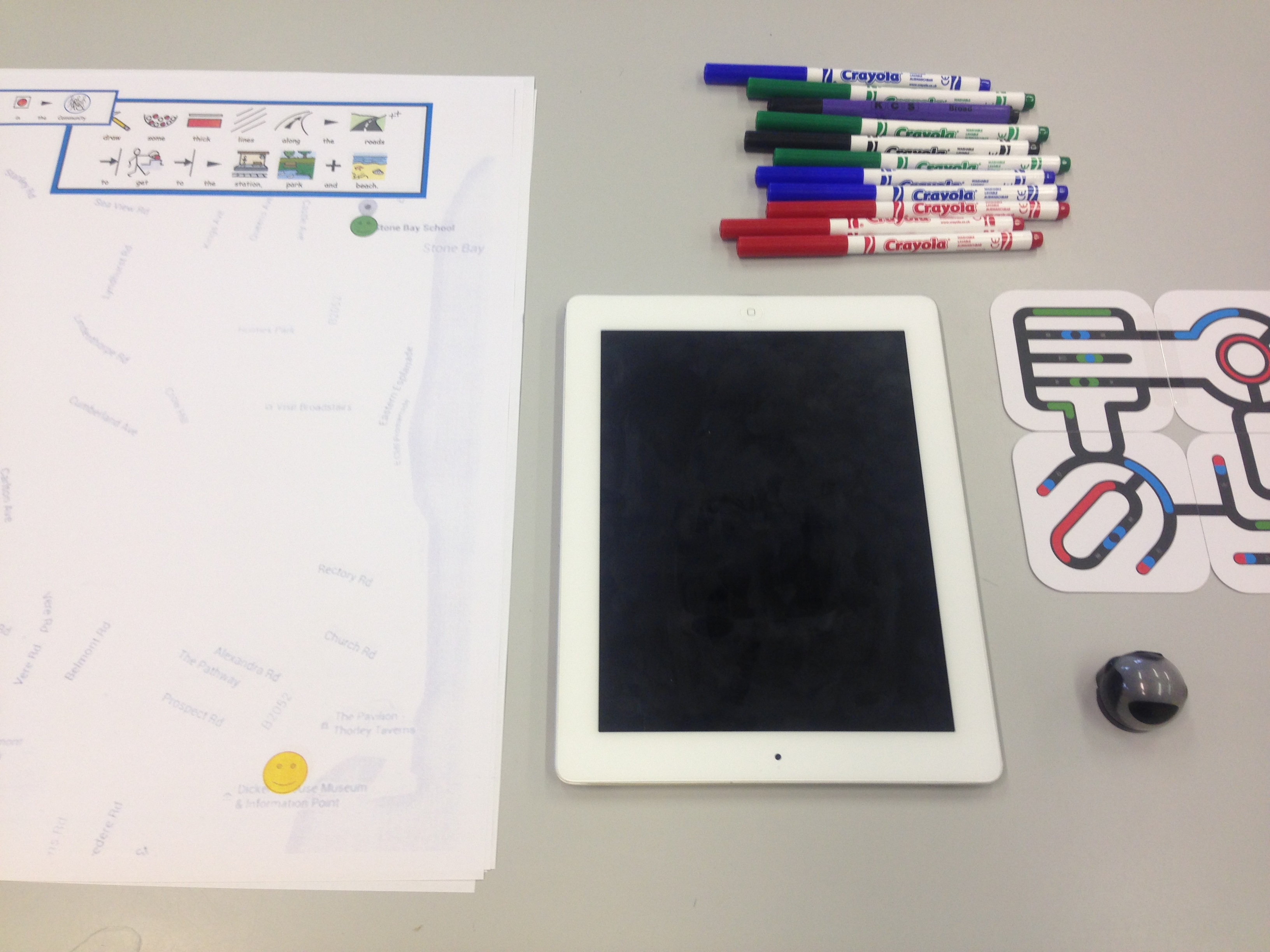
One Comment